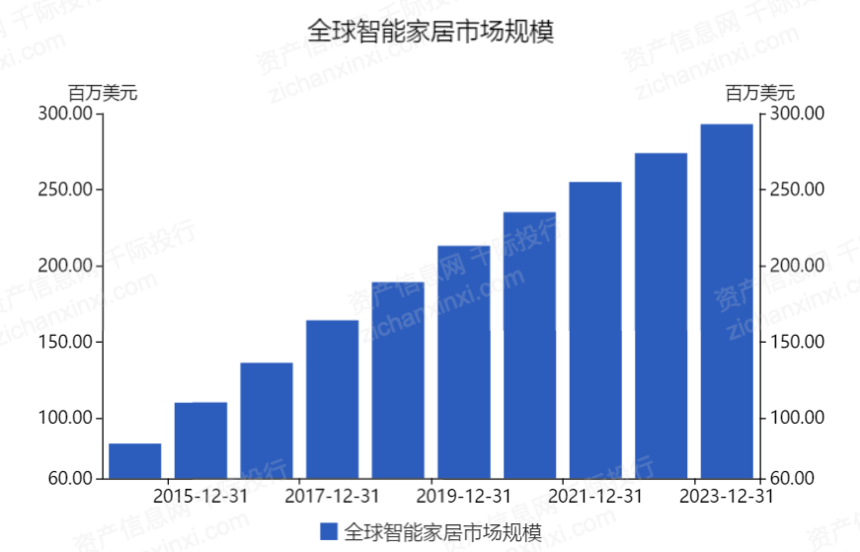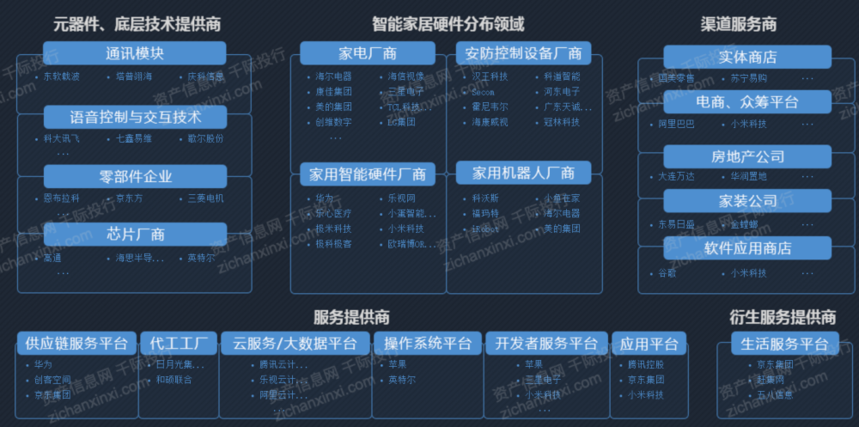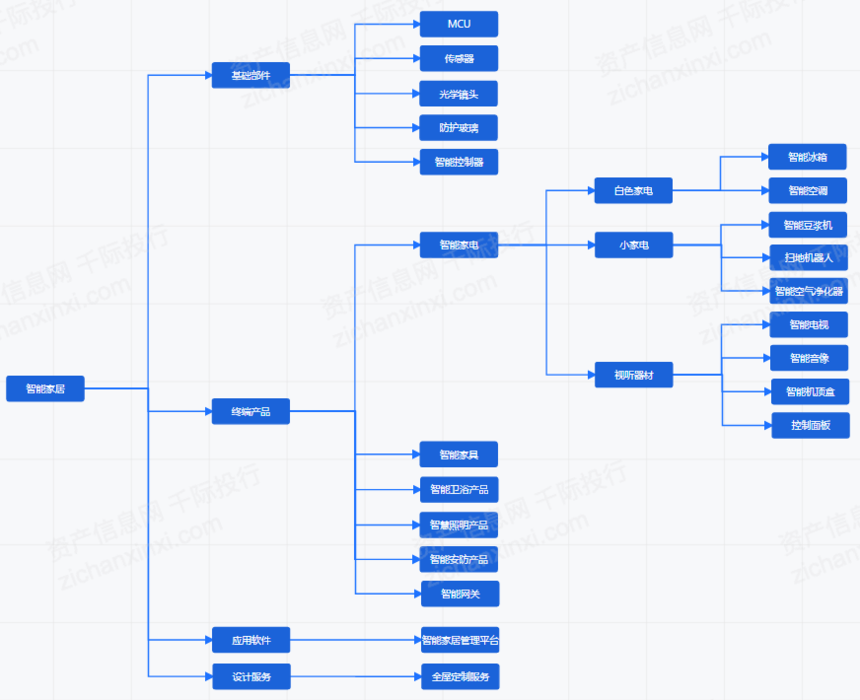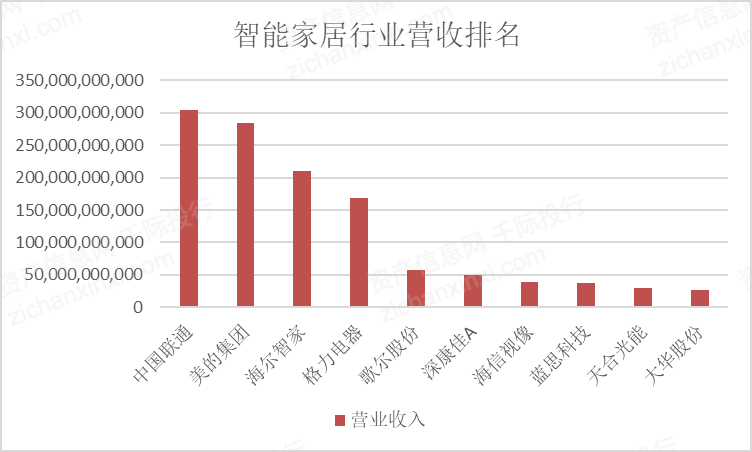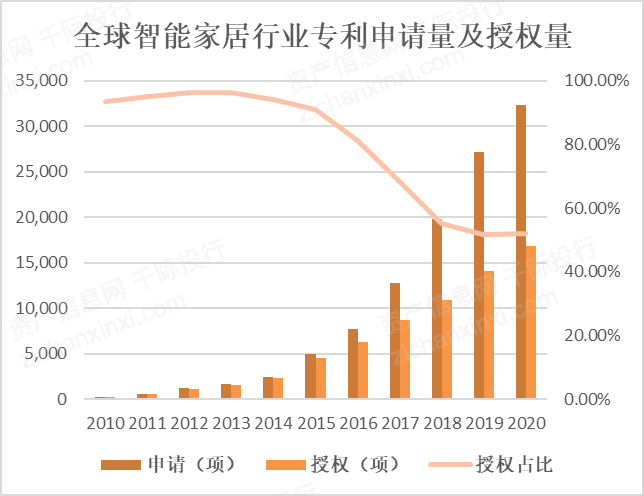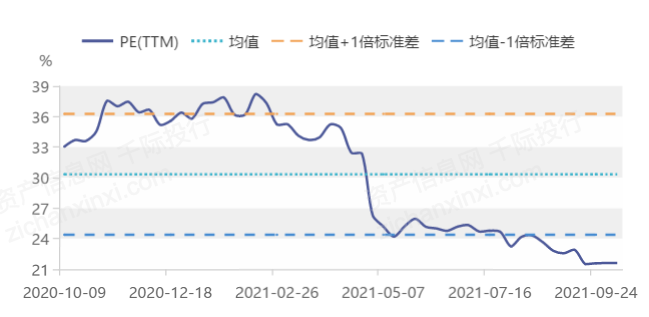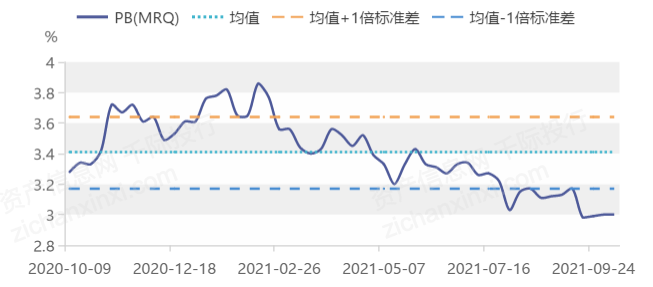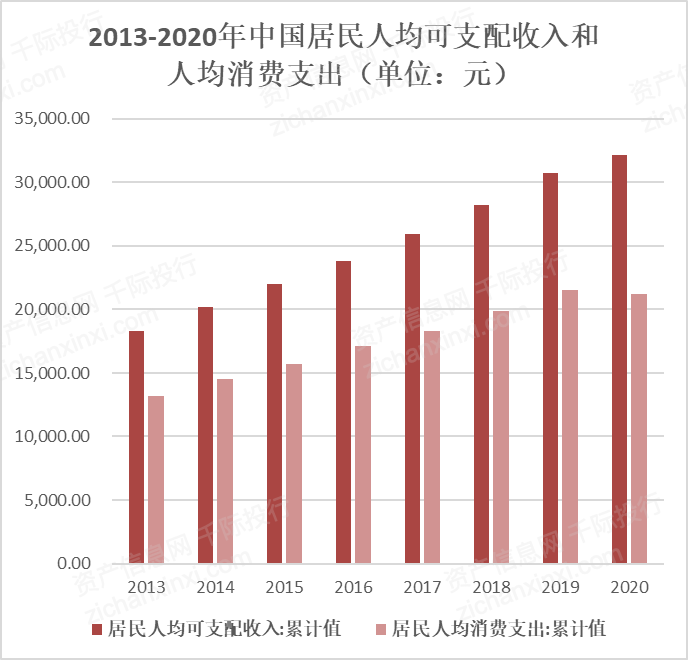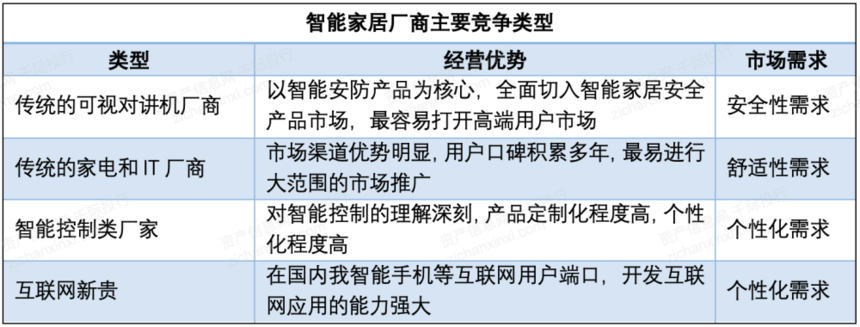|
Smart Home Industry Development Report 2021Chapter I Overview of industry development
Smart home is a home ecosystem composed of hardware (smart home appliances, smart hardware, security control equipment, furniture, etc.), software system and cloud computing platform based on the platform of the Internet of things. It realizes the functions of human remote control equipment, interconnection between devices and self-learning of devices. Through the collection and analysis of user behavior data to provide personalized life services for users, make home life more safe, comfortable and convenient.
Smart home system including control system, security system, entertainment system, energy saving system, electronics system and ecological system, the user through the control instruction control platform of cloud, the cloud platform to transmit data to the intelligent household data terminals, through feedback system automatically in response to user actions, realize the intelligent household system and data connectivity.
Intelligent household industry chain of many participants, including the Internet, smart hardware manufacturers, real estate companies have to participate in the industry, such as intelligent household industry chain of the whole chain extension prompted cloud and big data platform driven life services platform, and smart home sales channels to the raised platform, expand app store, etc.
Figure smart home schematic diagram
Figure smart home development history
With the continuous improvement of people's living standards, consumers have higher requirements for home furnishing. After meeting basic needs, consumers begin to pay attention to product features such as health, intelligence and Internet of Things. The global smart home market is growing in size and iFinD expects it to grow to nearly $300 million by the end of 2023.
Figure global smart home market size
Chapter two business model and revenue model
2.1 Industrial chain and value chain business model
2.1.1 Industrial chain and Value chain
Figure smart home industry chain panorama
Home furnishing market custom furniture, the whole house custom mode is characterized by its professional customization, can highlight the home and the owner's personality, in line with the contemporary consumer personalized consumption trend, become a trend of industry development. In addition, the development of 5G, AR/VR, artificial intelligence and other technologies has promoted the growth of the overall smart home market, which is expected to increase to 192.3 billion yuan in 2021.
Figure dynamic deduction of smart home industry chain
2.1.2 Business model
Figure household demand characteristics
With the continuous development of Internet of Things, 5G and other technologies and their application in home furnishing manufacturing, people pay more attention to the feature of "smart home makes life easier" when buying home furnishing, which promotes the penetration of smart home in The Chinese market.
Figure smart home industry revenue ranking
2.2 Technical Development
The number of patent applications and the number of patent grants in the global smart home industry are increasing year by year, but the proportion of patent grants is relatively low in recent years.
Figure number of patent applications and authorization in global smart home industry
2.3 Policy and Regulation
Government departments in charge of the smart home industry include the Ministry of Industry and Information Technology, the Ministry of Commerce and China Customs, which mainly conduct macro management and policy guidance due to the high degree of marketization development. As most of the products are exported, they belong to professional service enterprises focusing on the export of household articles, and they need to comply with the relevant regulations of household industry and import and export trade at the same time.
Industry technology supervision departments are the State Administration for Market Regulation, Ministry of Emergency Management, PRC, Standardization Administration of China, etc.
China National Furniture Association (CNFA), China National Textile Industry Association, etc. China National Light Industry Association is a National, comprehensive industrial intermediary organization with service and management functions in China's light industry. The main responsibilities include assisting in formulating industry policies, formulating industry standards, monitoring and analyzing industry operations, making statistics and releasing industry information, and proposing industry development plans and suggestions on laws and regulations to government departments.
The self-regulatory body of the import and export trade of household articles is the China Chamber of Commerce for Import and Export of Light Industrial products and handicrafts, which is a national self-regulatory organization for the import and export trade of light industrial products and handicrafts. Its main functions are to formulate the industry development plan, improve the self-discipline management of the industry, maintain the import and export management order, and promote the healthy development of the industry.
The technical supervision department of the household industry is the General Administration of Quality Supervision, Inspection and Quarantine.
The main laws and regulations and industrial policies include The Product Quality Law of the People's Republic of China, The Safety Production Law of the People's Republic of China, the 13th Five-Year Development Plan of China's Furniture industry, etc.
Chapter three: Industry valuation and global leading enterprises
3.1 Industry comprehensive financial analysis and valuation methods
Figure industry comprehensive financial analysis
The valuation method of the smart home industry can choose price-earnings ratio valuation method, PEG valuation method, price-to-book valuation method, price-to-cash ratio, P/S price-to-sales ratio valuation method, EV / Sales valuation method, RNAV revaluation method, EV/EBITDA valuation method, DDM valuation method, DCF discounted cash flow valuation method, NAV net asset value valuation method, etc.
3.2 Industry development and price driving mechanism and risk management
Since 2014, the per capita disposable income and consumption expenditure of Chinese people have increased year by year. Consumption is playing a higher role in China's economic structure and has become an important driving force of national economic growth. Despite the temporary impact of the epidemic on the scale and structure of consumer spending, in the long run, the consumption capacity of the people has been significantly enhanced and the consumption structure has been optimized. The improvement of national consumption power has laid a foundation for the penetration of smart home devices in the Chinese market and helped expand the market demand for smart home devices.
Figure 2013-2020 Per capita Disposable Income and Per capita Consumption Expenditure of Chinese Households (unit: Yuan)
For now, for the smart home industry, there are still risks in overseas business. Due to the impact of the epidemic, the export business of the smart home industry was hit, and the sales declined significantly.
3.3 Competition analysis and review of typical companies
3.3.1 Competition analysis
Table industry competition pattern
Chapter four: Future industry outlook
From the perspective of industry investment market, China's smart home industry has a good momentum of development, but there are still many problems, such as the lack of disruptive technological innovation, the lack of centralized operating platform. Based on this, the future development trend of China's smart home industry includes decentralization and service connectivity.
Decentralization is scenification. Home integration will gradually be replaced by regional scenarios, and the technological connections between different home appliances will be diversified. The particularity of the system in the process of service connection will make enterprises in the middle reaches of the industrial chain choose excellent integrated service providers. An excellent integrated service provider must have two characteristics: first, it can carry out offline experience stores; second, it can provide high-quality services and content. |






